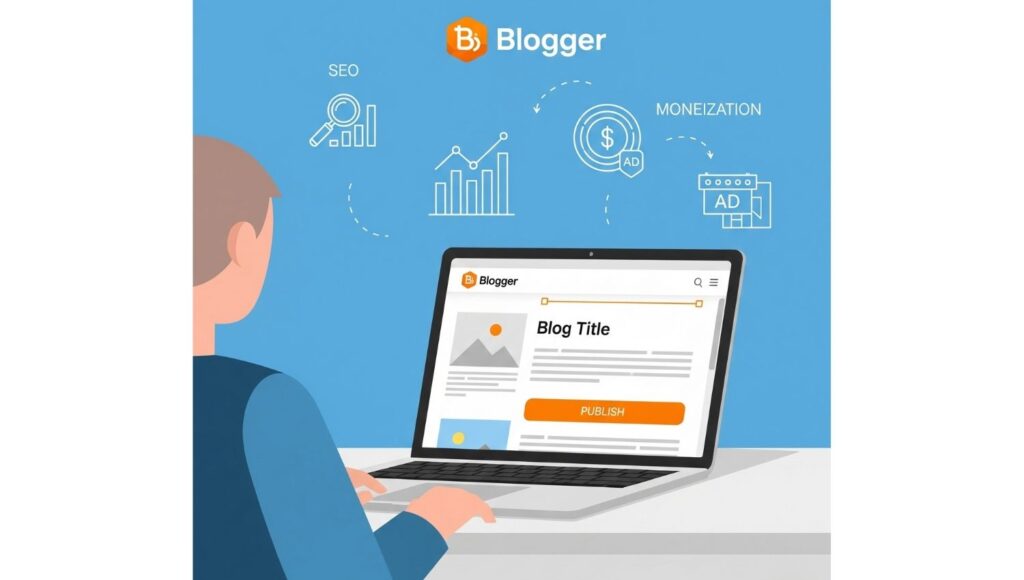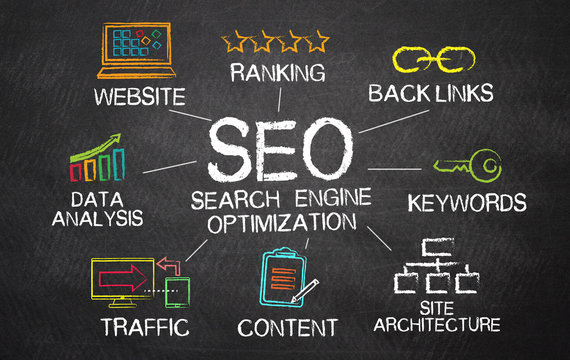Table of Contents

Introduction -How to start blogging on Blogger
Blogging has emerged as one of the most influential methods of sharing information, establishing one’s expertise, and even creating a business on the web. Whether you are a student, a professional, or an entrepreneur, blogging can assist you in reaching out to others who share your passions and increase your reach. Out of all the platforms that exist, Blogger continues to be among the easiest for beginners to initiate a blog without technical sophistication.
This in-depth guide will take you through step by step how to begin blogging on Blogger — from signing up for your account to designing your blog, posting articles, SEO optimization, and even making money from it.
What is Blogger?
Blogger is Google’s free blogging service that makes it easy to create and share blogs. It has:
- Easy setup using a Google account.
- Free hosting and a subdomain (e.g., yourblog.blogspot.com).
- Integration with other Google tools like AdSense and Analytics.
- Options to use a custom domain for branding.
It’s ideal for beginners because you don’t need technical knowledge to get started, and it provides all the basics required to run a blog.
Why Choose Blogger for Blogging?
1. Free of Cost
You don’t need to pay for hosting or setup. It’s budget-friendly for beginners.
2. Very Easy to Use
With a simple dashboard, even those who are not tech-savvy can post easily.
3. Dependable Hosting
Since Blogger is Google-powered, security and uptime are very dependable.
4. Monetization
You can add Google AdSense to begin earning from your blog.
5. Novice-Friendly SEO Options
Blogger provides basic SEO options, such as meta descriptions, permalinks, and alt tags.
Step-by-Step Guide to Creating a Blog on Blogger
Step 1: Sign up for a Google Account
If you already have Gmail, you’re all set. Otherwise, register for a free Google account.
Step 2: Access Blogger.com
Go to www.blogger.com and log in with your Google account.
Step 3: Set Up a New Blog
- Press “Create New Blog.”
- Type in your blog title (this will appear to visitors).
- Select a URL (blog address). You can pick a free subdomain ending in .blogspot.com.
Step 4: Select a Template
Blogger has free templates to use for designing your blog. Select one that fits your niche and can be later customized.
Step 5: Configure Blog Settings
- Enter a description for your blog.
- Set up privacy settings to allow search engines to locate your blog.
- Personalize your blog layout.
Creating Your First Blog Post on Blogger
- Click “New Post.” from the Blogger dashboard.
- Insert a good title.
- Create your content in the editor. Utilize headings, paragraphs, and bullet points for ease of reading.
- Insert images to enhance your post.
- Create labels (categories) for enhanced organization.
- Preview your post prior to publishing.
- Click “Publish” once ready.
Selecting the Best Niche for Your Blog
Your niche dictates the audience you draw. Popular niches are:
- Technology
- Personal Finance
- Health & Fitness
- Travel
- Food & Recipes
- Education
- Digital Marketing
Tip: Select a niche you love and have expertise in, as this will enable you to post consistent, quality content.
Tailoring Your Blogger Blog
Structure & Design
- Modify widgets such as “About Me,” “Popular Posts,” and “Labels.”
- Change the layout to accommodate your readers.
Customizing Theme
- Blogger lets you change colors, text, and background.
- Custom themes can be uploaded for a more professional appearance.
Navigation
- Design pages like About, Contact, and Privacy Policy.
- Make use of menus for quick navigation.
Basic Pages to Include in Your Blogger Blog
- About Page – Inform readers about you and your blog.
- Contact Page – Make it easy for readers to contact you.
- Privacy Policy – Necessary for compliance, particularly if monetizing.
- Disclaimer Page – Indicate the limitations of liability for your content.
Optimizing Your Blogger Blog for SEO
- Custom Permalinks – Modify URLs to contain target keywords.
- Meta Description – Include a summary of your blog and posts.
- Image Optimization – Utilize descriptive filenames and alt text.
- Internal Linking – Refer related blog posts to keep readers engaged.
- Mobile-Friendly Design – Select responsive templates.
- Loading Speed – Reduce heavy images and widgets.
Promoting Your Blogger Blog
- Share your posts on social media platforms like Facebook, Twitter, LinkedIn, and Instagram.
- Join blogging communities and forums.
- Comment on other blogs to build relationships.
- Use email marketing to engage your readers.
Monetizing Your Blogger Blog
Google AdSense
Since Blogger is integrated with Google, applying for AdSense is easy. Once approved, ads can be placed automatically.
Affiliate Marketing
Promote products related to your niche and earn commissions for every sale.
Sponsored Posts
Collaborate with brands to write promotional content.
Digital Products
Sell e-books, courses, or templates directly through your blog.
Common Mistakes to Avoid as a Beginner Blogger
- Choosing too broad a niche.
- Writing without understanding your audience.
- Ignoring SEO best practices.
- Posting inconsistently.
- Overloading the blog with unnecessary widgets.
Tips to Stay Consistent in Blogging
- Create a content calendar.
- Set weekly or monthly writing goals.
- Reuse content in alternative formats (e.g., video, infographics).
- Interact with your audience via comments.
Advantages of Blogging on Blogger
- Free entry into blogging.
- Simplified learning curve for newbies.
- Straight access to Google services.
- Possibility to scale and expand your online presence.
Blogger Future of Blogging
Despite newer platforms being introduced, Blogger still offers a good foundation for beginners. With its connection to Google’s system, user-friendliness, and monetization features, it is still applicable for would-be bloggers.
Conclusion
Blogging on Blogger is among the most straightforward methods of joining the blogosphere. With a Google account and a few clicks, you can establish your blog, select your niche, personalize your design, and start posting.
If you adhere to the steps in this guide — from installation to SEO optimization and monetization — you’ll be well on your way to creating a successful blogging experience. Keep in mind, consistency, creativity, and patience are the ticket to long-term blogging success.
FAQ
Q1: Is Blogger free to use?
Yes, Blogger is absolutely free, and you also receive free hosting and a subdomain.
Q2: Is there a way to use a custom domain with Blogger?
Yes, you can link your blog to a custom domain for improved branding.
Q3: How do I make money with Blogger?
You can monetize using Google AdSense, affiliate marketing, or selling digital goods.
Q4: Is Blogger suitable for SEO?
Yes, Blogger has basic SEO options, but you still need to optimize your content
Q5: Can I migrate to Blogger later?
Yes, you are able to export your content and migrate to sites like WordPress when you expand.


